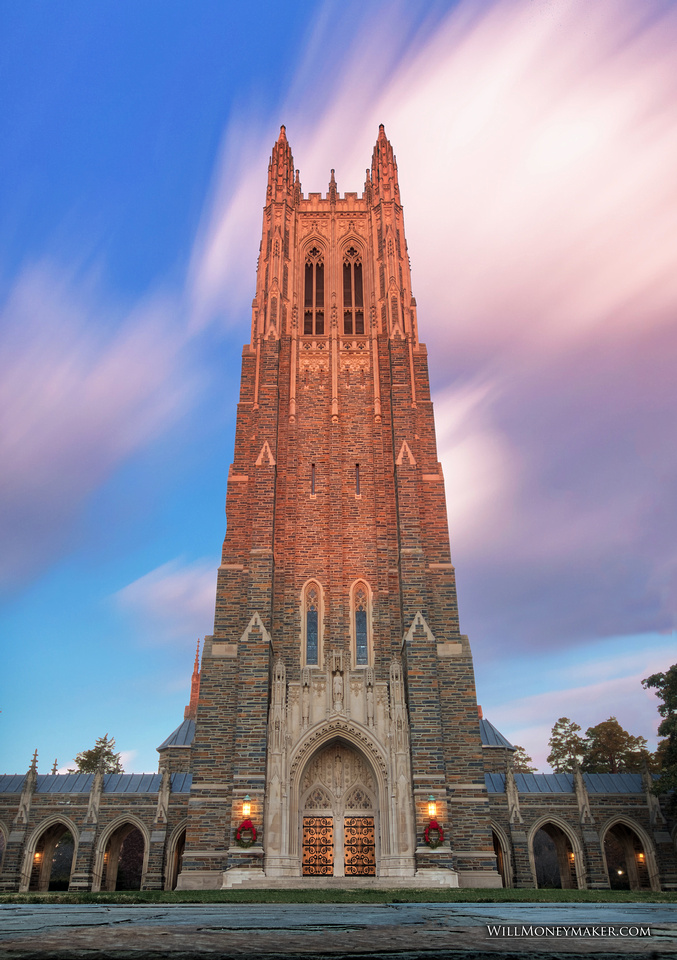Here’s a name in history you might not know, but you should. Julian Francis Abele was a talented and important architect and contributing architect of over 400 buildings, many of which are famous in our nation’s history. You have probably been to places he designed or helped design and didn’t even know it.

Born April 30, 1881, in Philadelphia, PA, as the youngest of eight children to Charles Abele and Mary Jones, Julian was a member of a prominent family. His maternal grandfather, Robert Jones, founded Philadelphia’s Lombard Street Central Presbyterian Church, while another relative on his mother’s side, Absalom Jones, was a founder of the African Episcopal Church of St. Thomas. St. Thomas was the first African American church in Philadelphia, established in 1794.
He was remarkably well educated for the time, attending the prestigious Quaker school, the Institute for Colored Youth. This school was later renamed Cheyney University. He delivered the commencement address of his graduating class there. While a student, Julian was skilled in mathematics and French. In fact, he became a devotee of all things French, even marrying a French woman.
He later became a passionate supporter of both the Philadelphia Orchestra and the University of Pennsylvania football team.

After graduating, he enrolled at the Pennsylvania Museum School of Industrial Art, where he completed two years of study in architectural drawing. Upon completion of his two-year degree, Julian had the honor of being the first African American student to be admitted to the University of Pennsylvania’s Department of Architecture.
The school was increasingly becoming more friendly to African American students, but slowly. At the time Julian attended, it was remarkable that he was even admitted. He was not allowed to live in the dorms or eat in the same cafeteria as white students. Julian became friends with Louis Magaziner, a fellow student who was Jewish, which was another oppressed minority at the time. The two partnered together on projects which required a partner and became lifelong close friends.
Julian excelled at the University of Pennsylvania, earning many awards during his time there. He even became president of the Architectural Society at the university. His first commission came from a winning design he submitted to a contest at the school in 1901. As a student, he won awards for designing an exedra bench (one with piers on either side and stairs in the middle), a post office, and a botany museum. His nickname at the school was “Willing and Able.”

He graduated in 1902, becoming the university’s first African American architecture graduate. After graduation, he got a part-time job at an architecture firm and also took classes in the evenings at the Pennsylvania Academy of Fine Arts. A local architect named Horace Trumbauer took an interest in him and paid for Julian to travel through Italy and France to learn more about the different architectural styles there. This trip had a profound influence on all of his later work.
This trip lasted from 1903 to 1906 and also included stops in Germany, Spain, Switzerland, and England. Upon returning to the United States, Trumbauer hired Julian to work in his architectural firm. It was a smart move, as Julian would work for this firm for the rest of his professional life, eventually co-owning it.
His initial job there was as an assistant to the firm’s top architect, Frank Seeburger. Julian worked hard and impressed Horace Trumbauer, and when Seeburger left in 1909, he was promoted to Seeburger’s old job as the firm’s top architect. He was also the second-highest-paid employee there, something that was a remarkable achievement for a minority in the early 20th century.

Horace Trumbauer died in 1938, and Julian was still with the firm, which was called, simply, the “Office of Horace Trumbauer.” Julian continued with the firm, this time co-owning and operating it under the same Trumbauer name with his business partner, William Frank. During these Great Depression years, it was not always easy to get commissions, but Julian and William did, including a lot of work re-designing Duke University and re-designing other parts of it. Julian himself did so much work on designing the campus, as it is known today that he is considered the primary architect of the entire university.
In 1988, a portrait of Julian was hung at Duke, and the main quad was later named Abele Quad after him. A plaque commemorating Julian Abele is prominently displayed in the Abele Quad today.
Julian, as the chief architect of the Office of Horace Trumbauer, also designed the Philadelphia Museum of Art, the Free Library of Pennsylvania, the Land Title Building, and a number of prominent area mansions. He also designed the Widener Memorial Library in Cambridge, Massachusetts, and designed mansions in New York and Rhode Island.
Julian officially joined the American Institute of Architects in 1942 and was described by them as one of the most “sensitive designers in America.” He didn’t just design buildings, either. Julian was a talented artist, doing paintings in watercolor, etching, pencil, and lithography, and he also designed and made all of his own furniture, including metal and woodworking. He excelled in building with wood, iron, silver, and gold.
As for his personal life, Julian remained a bachelor until age 44 in 1925, when he married a French woman twenty years younger than him. Her name was Marguerite Bulle, and she was an accomplished pianist in France. Together, they had three children, two of whom would survive past childhood. Those children included a son and two daughters. The son and the younger daughter lived to grow up. The son became an accomplished architect in his own right.

Interestingly, Julian was known for always dressing his best, looking professional, and put together wherever he went. He even wore business suits when he went on vacations to the beach with his family, wearing them as he walked on the piers and boardwalks among the more casually dressed folk.
After eleven years of marriage, Marguerite left Julian to live with Jozep Kowalewski, a well-known opera singer. She had three more children with Kowalewski, while her remaining two children with Julian stayed with Julian. However, she and Julian never officially divorced, and Marguerite merely lived with Kowalewski as a common-law wife. Because they did not divorce, Marguerite’s three Kowalewski children were given a legal share of Julian’s valuable estate when he died of a heart attack in 1950.
Two of Julian’s grandchildren also went into architecture, and it was one of his granddaughters who, while protesting apartheid in South Africa in 1986 as a student at Duke University, wrote a letter to the student newspaper explaining her grandfather’s role in designing the building where they all attended school. This brought Julian’s name out of the obscurity it had been in due to racism. Today, Duke University proudly declares and celebrates Julian Abele’s contributions to its design.



